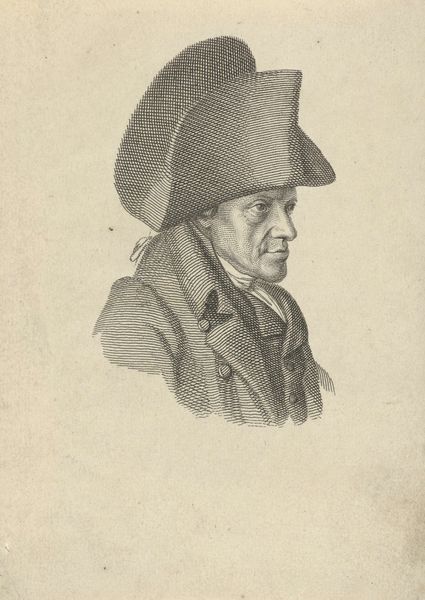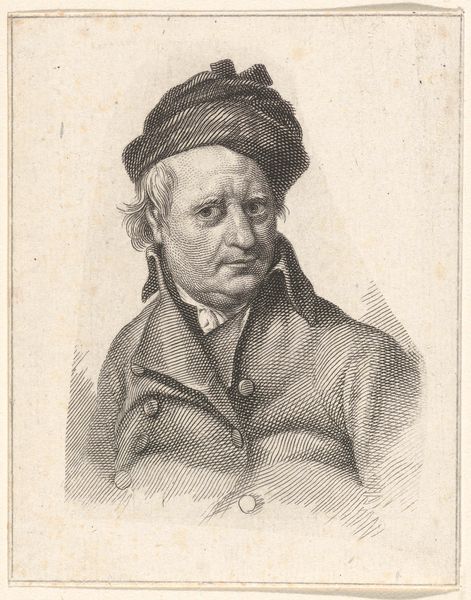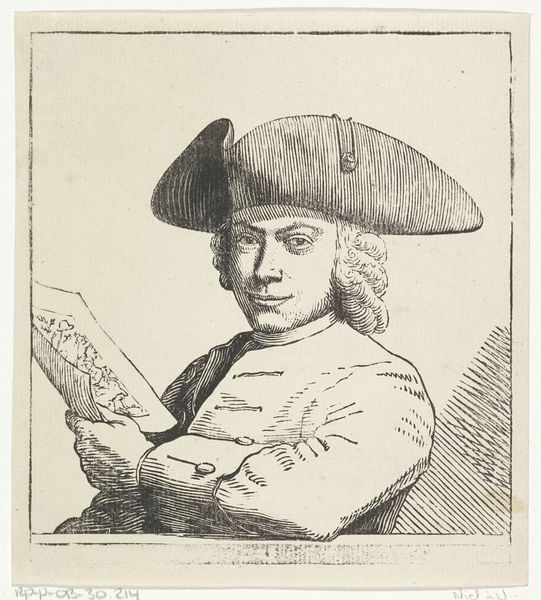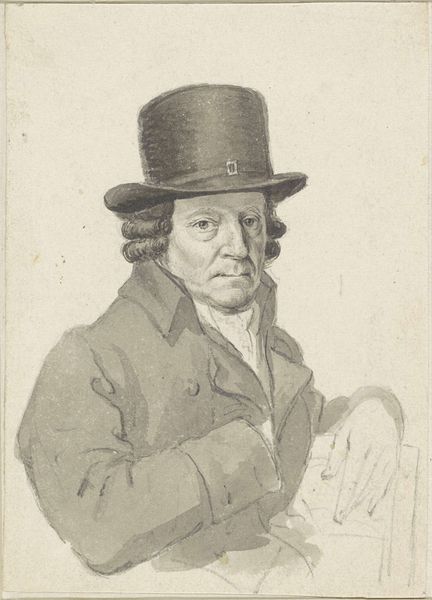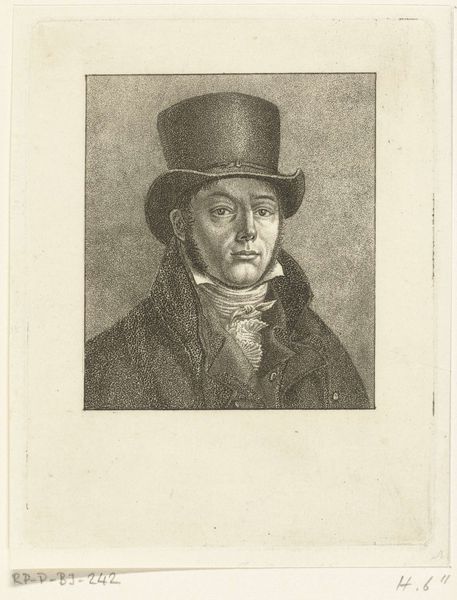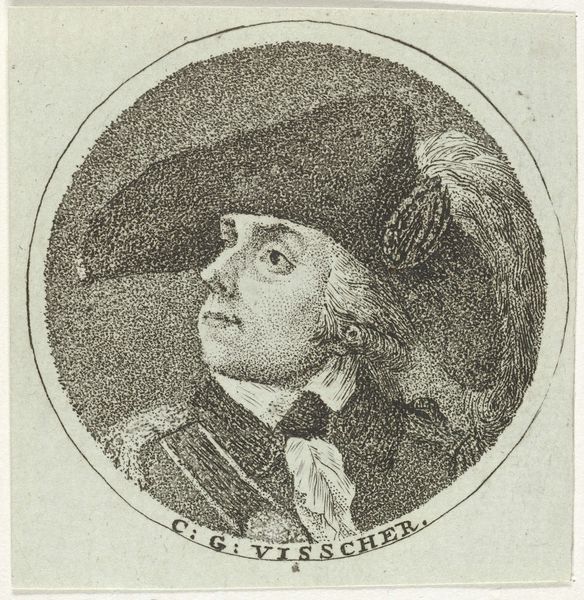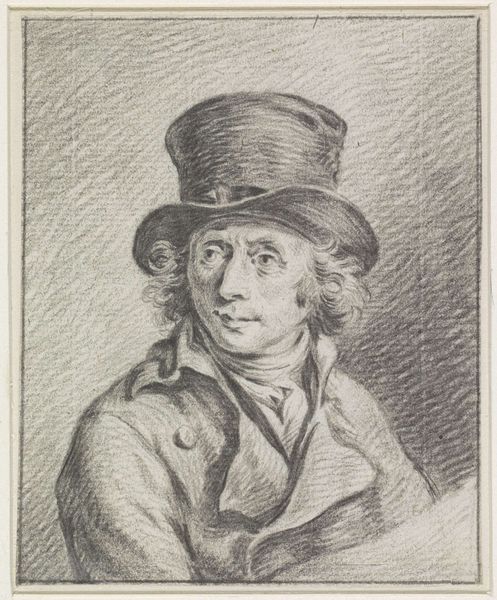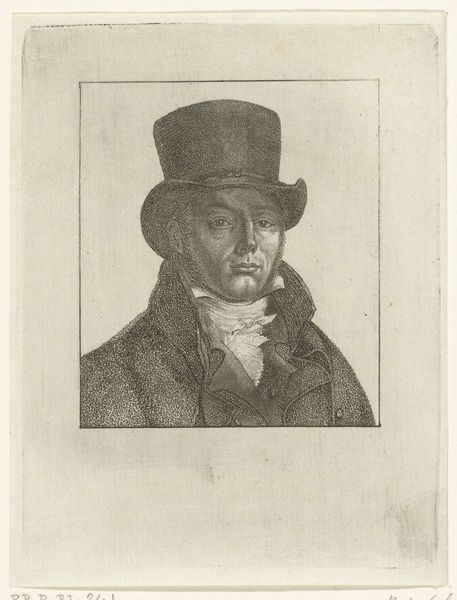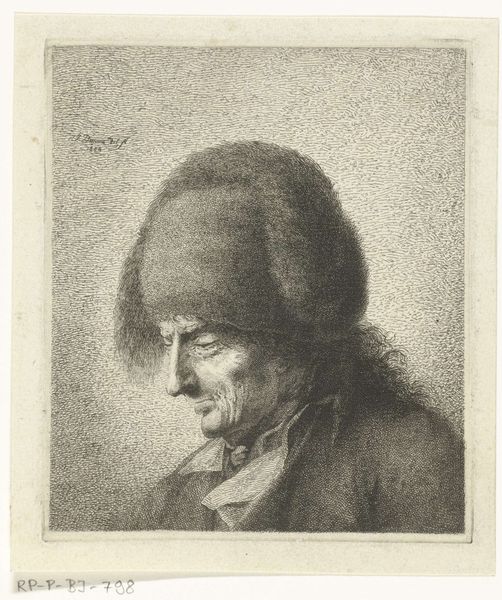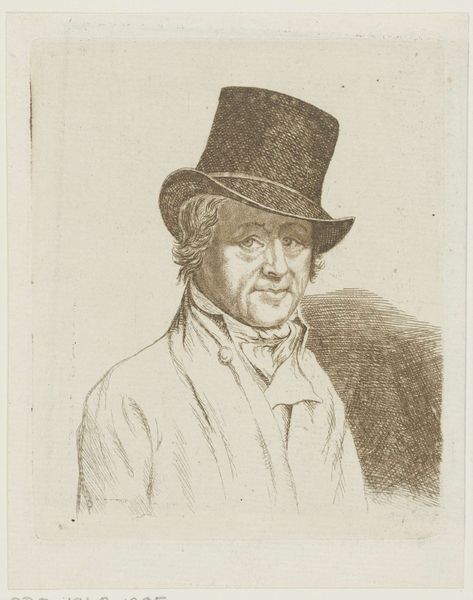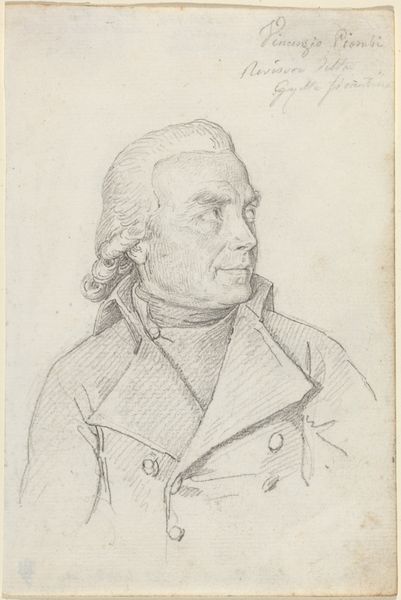
engraving
#
portrait
#
neoclacissism
#
caricature
#
engraving
#
realism
Dimensions: height 95 mm, width 70 mm
Copyright: Rijks Museum: Open Domain
Editor: So, this is Jacob Ernst Marcus's "Portrait of Hidde Heeremiet," an engraving from 1821, currently held at the Rijksmuseum. What strikes me most is the…stiffness. The subject seems so formal, almost like a caricature of 19th-century society. What do you see in it? Curator: Well, considering it as a product of its time, we can analyze it within the social and political contexts of early 19th-century Netherlands. The almost exaggerated formality you perceive points to the emphasis on social roles and public image so important then, especially for those seeking to affirm or attain social standing after years of political upheaval. The deliberate, precise lines of the engraving would emphasize control and rationality, qualities favored within neoclassicism that resonate in emerging bourgeois circles. How do you perceive the relationship between the subject’s gaze and the viewer's eye? Editor: I notice his gaze is averted. It gives a sense of detachment, as if he’s aware of being observed but chooses not to fully engage. Curator: Exactly. His averted gaze underscores that distance, which served an important public purpose: to represent not necessarily the individual but their social persona. Portraits like this communicated power, wealth, and a commitment to a specific social order. Notice how this image exists publicly now, within a museum – what do you think is our role, placing it on display for contemporary viewers? Editor: It makes me think about how museums shape our understanding of the past, almost curating a narrative by what they choose to exhibit and how they contextualize it. It seems portraits like these served as propaganda for established power, both at the time of their creation and today, by virtue of their presence in the halls of prestigious museums. Curator: A powerful point! Understanding the original social function helps us analyze its continued public existence, right down to today's digital reproductions and this very audio guide. This brings us to new conversations on social standing, politics, and the very idea of visual representation itself. Editor: Absolutely, I had initially reacted on just the artistic representation, but analyzing it within the scope of the prevalent political environment gives more insights.
Comments
No comments
Be the first to comment and join the conversation on the ultimate creative platform.
